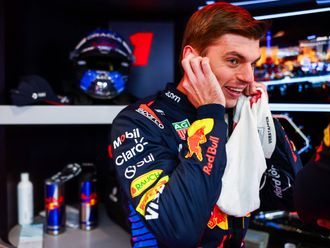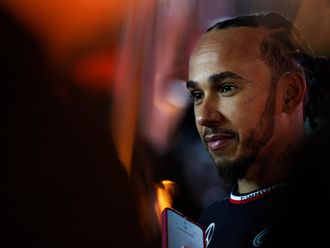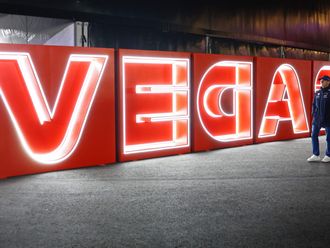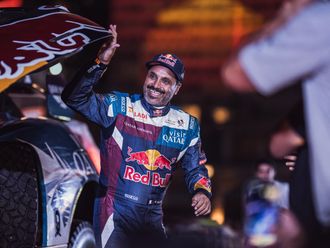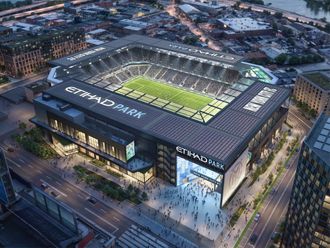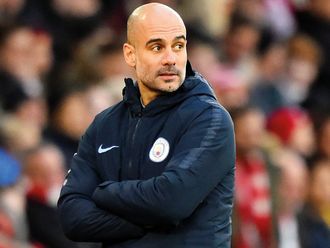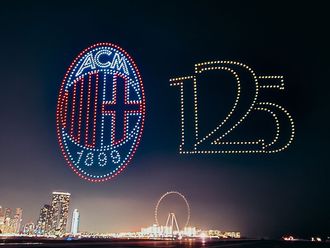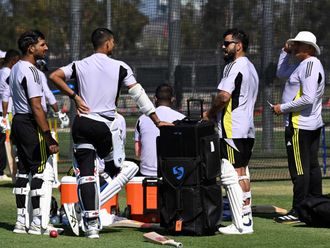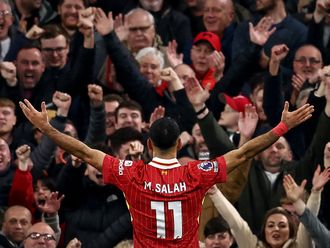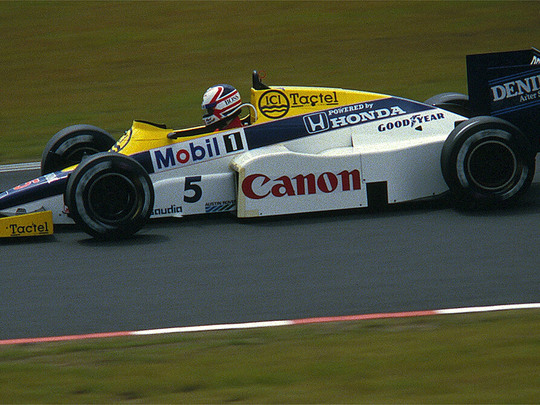
The British Grand Prix was a good race. It gave us not one, but two intra-team battles, it gave us close racing for the lead, it gave us a mix of cunning and risky strategy calls, it gave us changeable weather and, most importantly, it gave the British fans a British winner.
All the boxes ticked, then.
Good.
So with little to complain about, I thought it was worth mentioning how nice it was to see the Williams team do so well at their home track. There was something right about seeing the Williams cars leading at Silverstone, as indeed the track is where the team scored its very first win – as well as many more over the eighties and nineties.
Having entered the sport in 1977, that first win at Silverstone came in only their third year, their second as an actual constructor. The Patrick Head-designed car was the first to use “ground effect” technology, and with Ford power, both the Williams cars of Alan Jones and Clay Regazzoni led the 1979 British Grand Prix one-two. Jones would retire at mid-distance, leaving Regazzoni to take a commanding win some 25 seconds ahead of the Renault of Rene Arnoux.
This race was the making of Williams, as they went on to take a further four wins in 1979, but Alan Jones would just miss out on the World Title to Jody Scheckter’s Ferrari. Jones would go on to become Williams’ first of seven world champions the following year.
At this point in time, the British Grand Prix alternated between Silverstone and Brands Hatch each year, so while Jones would win the race in 1980, it was at the latter venue.
Despite a second place for Regazzoni in the 1981 race and a pole position but subsequent retirement for Keke Rosberg in 1985, it wasn’t until 1987 until Williams, in their last year with Honda, would win again at Silverstone. Nigel Mansell was forced to make an unscheduled stop and was tasked with charging down teammate Nelson Piquet.
In what can only be described as one of Mansell’s best races, he caught up with the Brazilian and slung him a dummy on the Hangar Straight to take a popular win.
At the start of the famous Williams-Renault partnership, Mansell would finish second for Williams at Silverstone in 1988, while Belgian Thierry Boutsen would take second for the Didcot squad in 1990.
The nineties, however, was an era in which Silverstone was dominated by Williams-Renault. Mansell took two successive wins in 1991 and 1992, before Alain Prost took top step for the team in 1993. Then there was Damon Hill’s fantastic win in 1994. Hill could have also won the race in 1995, had he not crashed into Michael Schumacher, but his young teammate, David Coulthard, still took third place.
The 1996 race was won by Hill’s new teammate, Canadian Jacques Villeneuve, who went on to win it the following year too.
The outspoken Canadian was the last driver to win at Silverstone for the Williams team, and it’s hard to believe that that was 19 years ago.
Williams came close to winning at Silverstone again with Ralf Schumacher and Juan Pablo Montoya in the early 2000s, but not as close as they did last weekend with Felipe Massa and Valterri Bottas.
It’s funny, isn’t it? It seems we can barely go a day without telling our friends that Formula 1 is broken and needs fixing, and how it should go back to how it was in the good old days. But seeing a couple of Williams leading in Northampton made everything feel alright again.
Ok, it would have been nice to see them win, but for a couple of hours at least, F1 didn’t need fixing at all.


